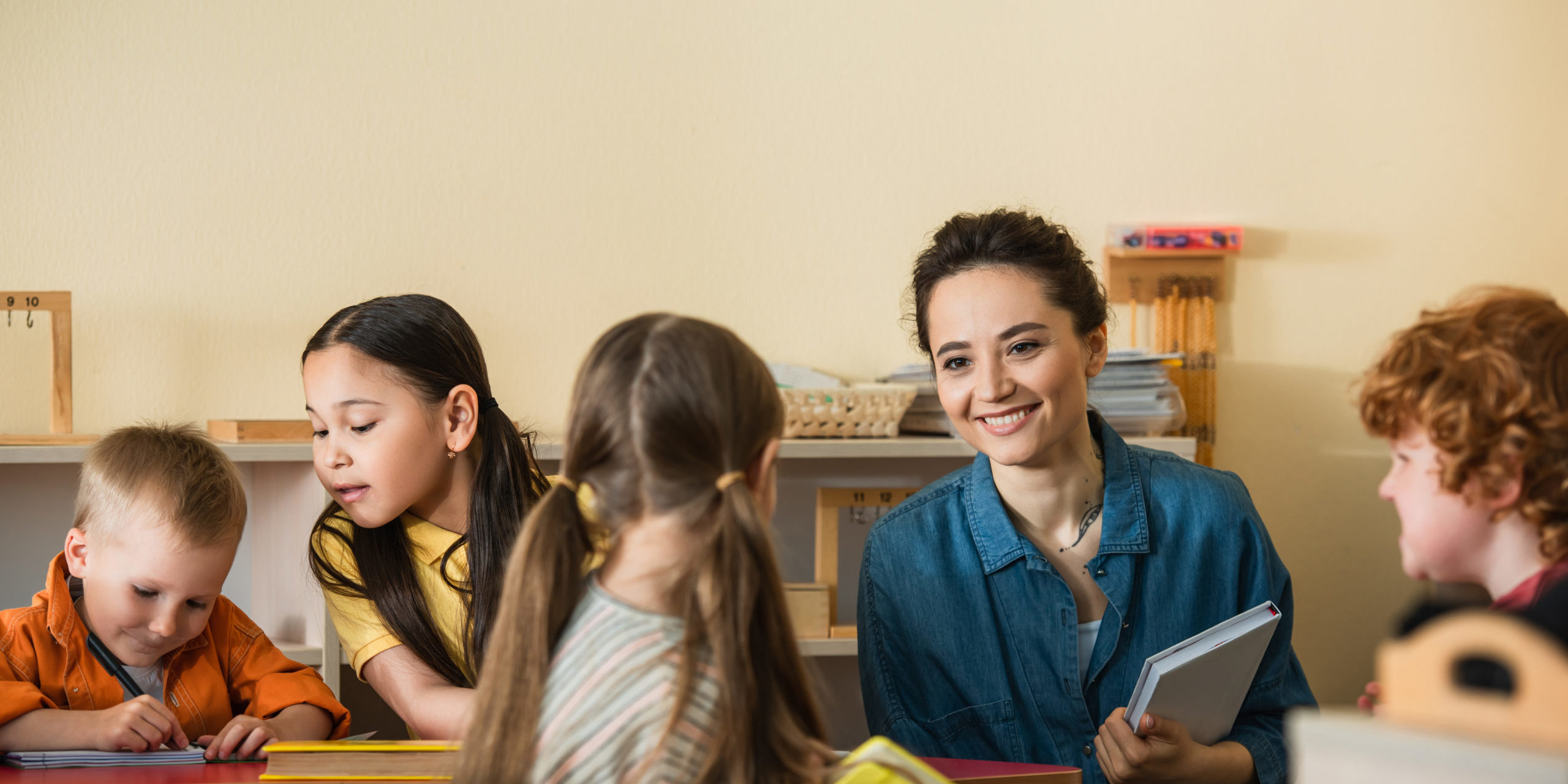The Montessori Method was never a cookie-cutter way to teach children. Since the beginning, Montessori has always been about the individual. Children are allowed to be themselves in the classroom. It does not matter if the child needs more time on a task compared to their peers. While Montessori schools have the highest expectations of every student, their unique learning styles are honored and supported.
Wondering how the Montessori method supports the various learning styles? Here is what you need to know.
The Different Learning Styles
You have a favorite way for taking in information, be it as video or from a book. Your child is no different. There are many learning styles and forms of intelligence, including:
- Verbal-Linguistic: The child learns best when speaking, writing, and reading.
- Visual-Spatial: Information is best gathered from charts, pictures, video, and similar visual aids.
- Physical-Kinesthetic: Your child needs physical movement and hands-on activities in order to learn best.
- Logical-Mathematical: Your child uses logic and reason to puzzle out solutions.
- Aural: This learning style focuses on music and sound.
- Interpersonal: The child learns best in a group setting. They tend to be more extroverted.
- Intrapersonal: The child learns best when working alone and is more introverted.
Generally, your child’s learning style will be a mixture of two or three types. This could mean they have a strong aural, visual, and kinesthetic sense, meaning hands-on activities or movement appeals to them. Meanwhile, another child may be logical and visual, preferring books, words, and numbers for gathering information.
The Whole Child Philosophy
What makes the Montessori Method special is that it doesn’t focus on a single aspect of learning or development. Dr. Maria Montessori believed that the whole child needs to be supported, particularly in the early formative years. This “Whole Child” philosophy continues to permeate the Montessori classrooms of today.
From 0-6 years old, a child is learning constantly. They learn about interpersonal communication, fundamental principles of math, reading, and science, and even practical life skills. This is why the Montessori curriculum involves far more than a teacher lecturing for an hour. Children are invited to practice sewing, dish-washing, sweeping, conflict resolution, gardening, painting, counting, reading, dancing, foreign languages and much more—all within a single day.
View this post on Instagram
Each activity is multi-sensory, meaning that the child is engaged with more than one sense. They must think critically as well as use their eyes, hands, and ears when solving puzzles, for example.
Various Approaches in One Classroom
The activities your child works on while in a Montessori program are not the only multi-sensory source of information. The entire environment is purposefully crafted to invigorate, inspire, and help children feel independent. You will find that the Montessori classroom is methodically organized and features furnishings sized for children. Each material is either visually interesting or has tactility.
The children are allowed to choose an activity that they wish to work on. From there, the student can choose to participate with a group or work by themselves. They can ask others to share, but they also learn how to accept hearing “no.” Should an activity no longer hold their interest, or if they complete a task, they are allowed to move onto something else.
Learning to Read and Write the Montessori Way
One of the best examples of a varied approach to learning a single subject would be the Montessori approach to reading and writing. Montessori students do not simply learn to recite and write vocabulary words over and over. No, they are given access to tactile sandpaper letters that they can trace with their fingers while saying the letter or the sound. The Moveable Alphabet activity is made with wooden shapes that can be seen, touched, and traced.
Seeing, hearing, and feeling the letters helps children truly internalize the information. They will have faster recognition of the letters once they begin to read, and they will have the muscle memory of the letter’s shape already ingrained in their mind.
Hands-On Mathematics
Montessori offers concrete concepts ahead of abstract ones. For the logical mind, this makes sense. Mathematics begins with the senses. Children visually understand that one stick is longer or shorter than the others, for example. Hand-held materials, like sandpaper numbers, number rods, and spindle boxes can teach them to count from 1 to 10.
When a child works with Gold Beads, they are learning about the decimal system both visually, mentally, and with touch. Racks and Tubes assists with multiplication and division. All of this happens before any equations are put on paper. By that time, even a student weak in mathematics will feel confident about their abilities to solve the problem.
Final Thoughts
Learning was never supposed to be a one-style-fits-all thing. It should always be done according to the student. That is why Montessori has become increasingly popular—because the students can do what interests them, and they are allowed to work in the way they prefer. This heightens their strengths, increases their confidence, and furthers their knowledge.
Montessori programs are ideal for all kinds of students and encourages a lifelong love of learning. Interested in enrolling your child in a Montessori school in Philadelphia? Fishtown Montessori is sure to have a program for your child. See what makes our classrooms so special and schedule a tour today.






